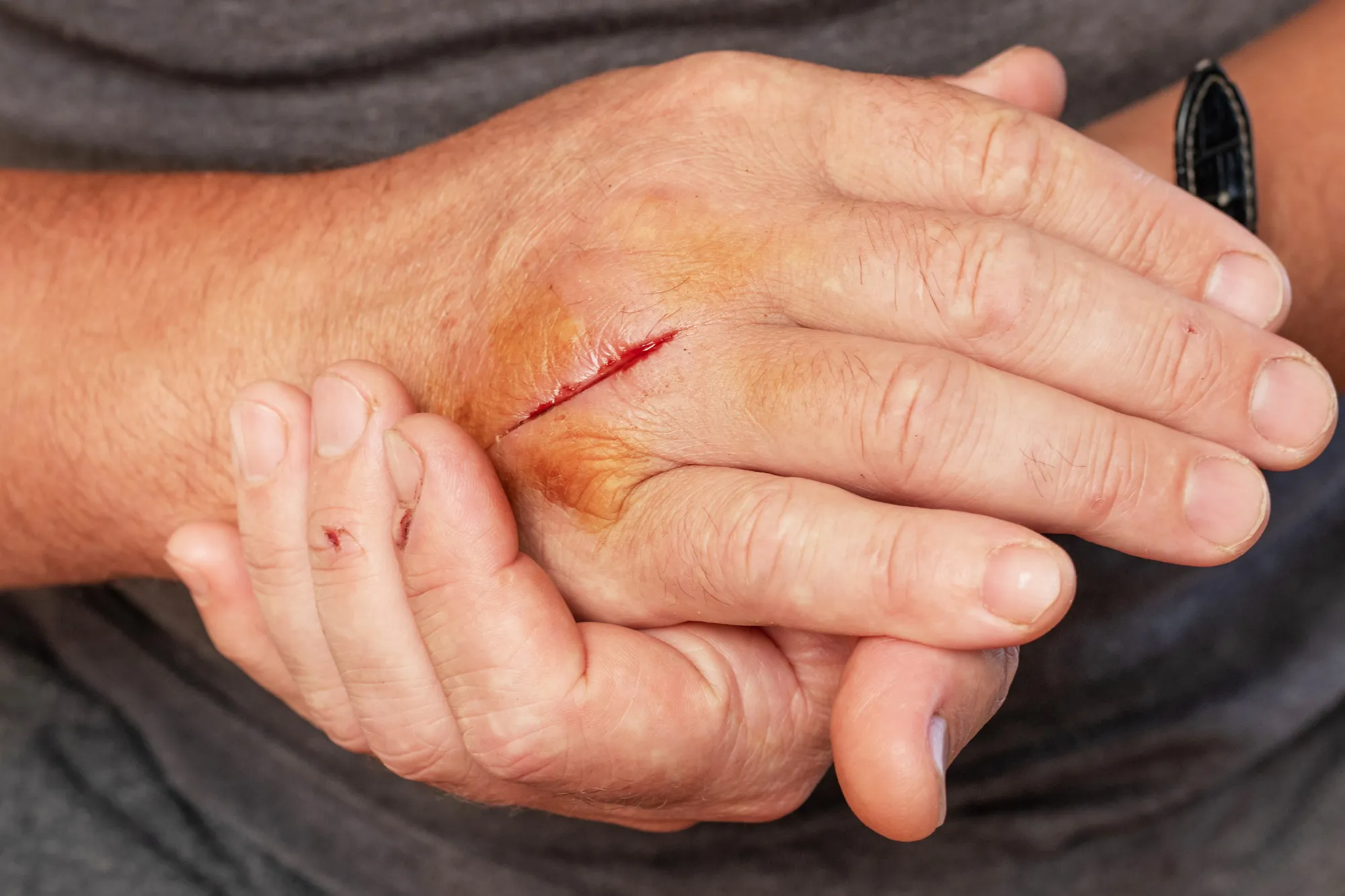In a groundbreaking study published on January 12, 2024, in the International Journal of Biological Macromolecules, a team of researchers from the First Affiliated Hospital of Sun Yat-sen University reveals the development of a novel bio-scaffold that addresses the complex challenges of diabetic wound healing. The study, titled “The naringin/carboxymethyl chitosan/sodium hyaluronate/silk fibroin scaffold facilitates the healing of diabetic wounds by restoring the ROS-related dysfunction of vascularization and macrophage polarization,” signifies a major leap forward in the treatment of chronic diabetic wounds. This comprehensive report sheds light on the potential of this innovative treatment to change the lives of millions of diabetic patients worldwide.
The Problem: Chronic Diabetic Wounds and Compromised Healing
Chronic wounds, a devastating complication of diabetes, impose a significant burden on the healthcare system and affect the quality of life for countless individuals. Characterized by their persistence and resistance to conventional treatments, these wounds often stem from high concentrations of reactive oxygen species (ROS) that disrupt the wound healing microenvironment. The dysfunction of macrophages, cells crucial for immune response and tissue regeneration, alongside impaired vascularization, leads to a challenging healing process for diabetic patients.
The Innovation: NG/CMCS/HA/SF Scaffold
The multi-disciplinary team, led by Dr. Tang Bing and including distinguished experts such as Dr. Yang Hao, Dr. Xu Hailin, Dr. Li Xiaohui, and others, devised an artificial composite scaffold consisting of naringin, carboxymethyl chitosan, sodium hyaluronate, and silk fibroin (NG/CMCS/HA/SF). The scaffold was meticulously engineered to overcome the challenges in macrophage and vascular endothelial cell dysfunction.
Methodology and Results: In vitro and in vivo Efficacy
Detailed in vitro and in vivo experiments were conducted to evaluate the scaffold’s efficacy. The synthesized NG/CMCS/HA/SF scaffold showcased impressive anti-inflammatory, anti-oxidative, and pro-angiogenic properties. Its design actively promoted wound healing by targeting and restoring ROS-related dysfunctional pathways.
The study’s authors highlighted several key findings:
1. Effective modulation of macrophage polarization towards a regenerative phenotype.
2. Enhanced angiogenesis leading to improved blood flow and nutrient delivery to the afflicted area.
3. A demonstrated potential for the scaffold to reduce wound size and promote tissue regeneration within a reduced timeframe.
The findings suggest that the NG/CMCS/HA/SF scaffold holds significant promise in translating into clinical wound healing applications, bearing the potential to transform the standard of care for diabetic wound management.
Expert Insights and Future Directions
In an interview, Dr. Zhu Jiayuan emphasized the multidimensional benefits of the scaffold, “Our scaffold not only accelerates the healing process but also addresses the underlying dysfunctions that are characteristic of diabetic wounds. This holistic approach could reshape how we treat chronic wounds in diabetic patients, providing a more efficient and targeted healing solution.”
The research team is optimistic about the future studies and clinical trials that will pave the path for the integration of the NG/CMCS/HA/SF scaffold into modern medical practice. They believe that further research may unveil additional applications of this technology, possibly extending to other types of wounds and tissue regeneration needs.
Copyright and Funding Acknowledgments
The study, bearing the DOI 10.1016/j.ijbiomac.2024.129348, was published with copyright © 2024 under Elsevier B.V. The authors acknowledged the absence of competing financial interests or personal relationships that could influence the work reported.
Concluding Remarks
The development of the innovative NG/CMCS/HA/SF scaffold represents a beacon of hope for individuals suffering from chronic diabetic wounds. It stands as a testament to the relentless pursuit of scientific advancements that could redefine the treatment paradigms for diabetic wound recovery.
References
1. Yang, H., Xu, H., Lv, D., Li, S., Rong, Y., Wang, Z., Wang, P., Cao, X., Li, X., Xu, Z., Tang, B., Zhu, J., & Hu, Z. (2024). The naringin/carboxymethyl chitosan/sodium hyaluronate/silk fibroin scaffold facilitates the healing of diabetic wounds by restoring the ROS-related dysfunction of vascularization and macrophage polarization. International Journal of Biological Macromolecules. https://doi.org/10.1016/j.ijbiomac.2024.129348
Keywords
1. Diabetic wound healing
2. ROS dysfunction treatment
3. Bio-scaffold for wounds
4. Macrophage polarization
5. Angiogenesis in wound recovery
